We’re All Image Directors Now
Why identity today feels like a personal campaign, and what’s next for the future?
Hi everyone,
Finally, after 20 days of no wifi I am back on the internet, and that gave me a lot of time to reflect outside of work hours. I can easily have the tendency to work late nights during the week when I’m not doing anything, as I work a full time job next to Substack. But the last week I was really forced to slow down when I was home.
I went back to my journal more often than my daily habit, wrote down so many thoughts, reflections and Substack ideas. As you might have noticed, my content has shifted a bit because I want to share more think pieces and in-depth content. It has slowed down my schedule a bit to sometimes a post once a week, but I promise there are a lot of exciting drafts in the making and I just need some time to catch up to my research.
Today’s newsletter is about some thoughts on the zeitgeist and visual culture I had. I’ve been thinking a lot about what comes after the current aesthetic noise not just in trends, but in how people express themselves, shape their identity, and make images. Because if the 2010s were about perfecting a single aesthetic, actually living it through your interior, lifestyle, etc, the 2020s have become something else entirely: the decade of shapeshifting.
Identity no longer feels fixed. It’s modular. Played with. People move through “eras” the way brands move through seasonal campaigns. And arguably, even brands rebrand more often than we are used to. One month you’re a ‘clean girl,’ a year after you’re posting blurry film selfies in an Entire Studios hoodie and a motor boots with a caption like just breathing. It’s not ironic. It’s not even chaotic. It’s just how things are now.
As someone who spends most days building visual worlds for brands and scrolling through hundreds of references, I see it everywhere, this constant remixing of aesthetic cues, emotional states, and storylines. And while it can feel overwhelming at times, I also think we’re in the middle of something deeper. A zeitgeist shift that comes every once in a while, not really about a trend. But really about the meaning of identity and authorship and what this means for image-making next.
Let’s break it down.
The 2020s: Identity as Era
In the 2010s, identity was singular. It was aspirational and legible. If you were into health and fitness, it shaped your entire lifestyle. If you were a minimalist, you probably had a uniform wardrobe, Muji notebooks, and an apartment that matched your Instagram feed. You chose one lane and built everything around it.
But for Gen Z, that’s no longer the goal. Identity today is modular, self-curated, and designed to shift. You can move through different selves without contradiction and without judgment. The TikTok ecosystem has taught an entire generation that you can reinvent yourself overnight. You’re not just one aesthetic for the rest of your life, you really are the director of your own emotional campaign. You choose the lighting, the soundtrack, the casting, the energy. The way you portray yourself online, and just archive your old identity. Every year there is a new vision board on Instagram and a brand new journal about your next rebrand.
This is how visual identity now works, not as something fixed, but as something episodic. It’s expressive, and definitely not prescriptive. The rise of micro-trends and self-assigned “eras” means people can live out small, performative arcs. A Y2K Cyber Sleaze. NYC It girl summer or suddenly you’re a gorpcore functionalist. But there’s also a deeper side to this: people are learning to experiment. To ask, who do I want to be today? What am I feeling? What visuals match that energy?
And in that, they’re building a new kind of fluency. The self becomes a campaign to process, to express, to play. It’s therapy with visuals, but also aesthetics connected to a deeper will to express and experiment.
But what happens when we get tired of cycling through eras?
The 2030s: A Return to Meaning
If the 2020s are defined by speed, experimentation, and identity-as-play, the 2030s might bring a craving for depth. Again, these are all purely based on my own assumptions and research in patterns of the past and where things are slowly headed.
This is where I think we’re headed: toward an era of intuitive, symbolic, and emotionally intelligent image-making. A visual culture that feels slower. Tactile. Thoughtful. One that doesn’t just show beauty, but holds something sacred in it, something you can’t immediately explain.
I don’t mean a return to nostalgia or “vintage” aesthetics. I mean a shift in emotional texture. A desire for quiet visuals with meaning. Symbols that hold weight and keeps you thinking (and also making time for that). Objects with aura. Photographs that feel like they’re part of a ritual, not an obvious fashion campaign.
We’re already seeing signs of this. The rise of visual work that feels handmade, imperfect, or human. Campaigns that feel like memories. Colour palettes that pull from earth, skin, or softness instead of filters. Editorials where the story is in the silence, the space between poses, the awkwardness of a gesture, the tension of a stare. Brands slowly heading towards longer form content again (Adidas Originals) or even being more absent on social media (Bottega Veneta).
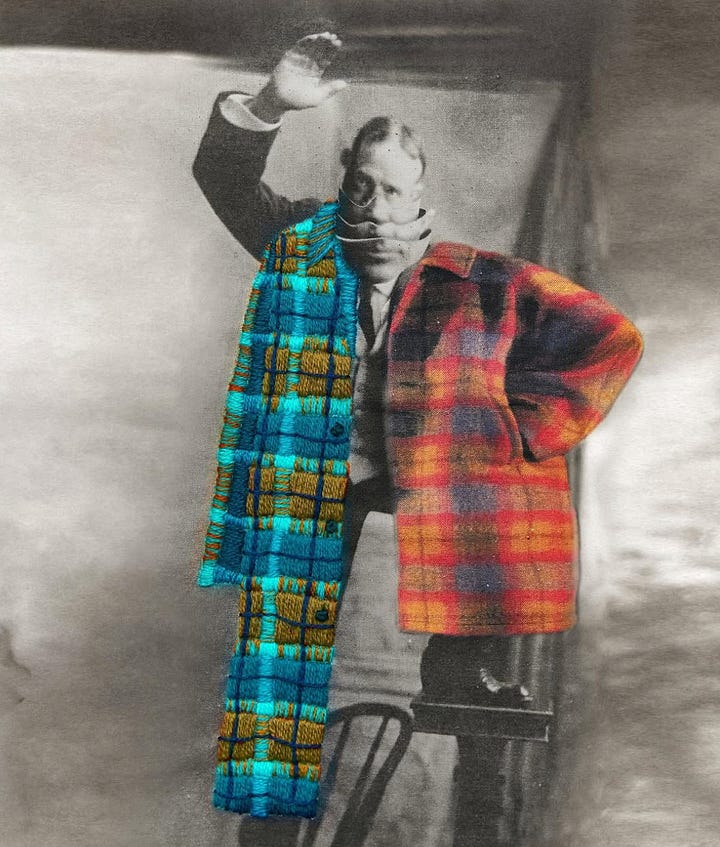

But even outside what brands are doing, people are craving this. The rise of slow-living, project pan, slow form content like Substack, deleting social media and young people leaving the city to live a less pressured life are all contributing to this growing mindset.
In the 2030s, I believe the most compelling image-makers will be the ones who understand emotion as material. Not in a sentimental way, but in a designed, deliberate, deeply layered way. The image-makers that truly take the time to build their project, maybe even over years.
I recently wrote a post about returning to an offline image archive, which is very much related to today’s newsletter. Image fatigue due to algorithms, the same photographers and images being repeated and fed into ai to create similar references. I’m building my own offline archive where I digitalise finds from my travels, old magazines and textures I find and use this as my reference library.
And this is where the role of the art director changes. We’re no longer just creating visuals. We’re shaping worlds. Worlds that don’t scream for attention, but get to keep it. Worlds that don’t rely on trends, but on energy. Intention. Symbolism. Emotional clarity.
We’ll need to become (a lofty, but aspirational word) ‘cultural healers’ and definitely not just aesthetic stylists or content creators. Because audiences will crave visuals that make them feel more human, something that is worth their time and not that tires them out. Slow content will stand out in a sea of fast paced content, intellectual content will stand out in between brain rots and clickbaits. We need to stop being scared ‘wasting’ our time on a project for it to get sucked up by the algorithm, I think our power as creatives is in doing the opposite.
It’s about integration. Images that can hold contradiction and lets you think. Fashion that communicates belief systems and a bigger world to be part of, not their latest product. And brands that aren’t trying to go viral they’re trying to build legacy.
A Glimpse into the 2040s: Beyond the Human
Looking even further ahead, the 2040s could be when emotion, identity, and technology fully merge. And image-making, as we know it, expands into something multi-sensory. I enjoy thinking about the future, usually based on outstanding big breakthrough moments and fantasising what this could mean for years ahead.
Thinking about how image-making is being explored as multi-sensory today, it’s mainly in retail- and digital experiences. But 20 years from now, I think it will go far beyond that, we may see the rise of wearable moods, garments that shift colour or texture based on your nervous system. Campaigns that respond to your biometric data. Creative direction becomes part neuroscience, part experience design.
Fashion will likely explore nature-tech fusion: algae-based fabrics, scent-integrated objects, climate-reactive materials. Visuals will feel elemental, wind, water, memory, texture and less about styling and more about energy choreography.
And in this world, the role of the art director becomes even more layered. Not just a visual thinker, but a translator of feelings and human psychology. A designer of emotional experiences. A curator of ethical taste, someone who understands context, sensitivity, and the emotional afterlife of an image.
It sounds abstract, but the roots are already here. As generative AI expands, the value of human image-making will only increase presence and productivity.
So where does this leave us now?
I think we’re standing at the edge of something. A shift from loud to layered. From performance to presence. From aesthetic mimicry to emotional truth.
The 2020s taught us how to shapeshift. The 2030s might teach us how to come home to ourselves, not by picking one identity, but by creating systems that feel true. Worlds that are intentional. Images that speak to our feelings and let us think. I think we are slowly rejecting the algorithm and thinking for ourselves again, to give ai a place (not a replacement instead of image-making, writing, etc) in the future. In the 2040’s, campaigns and brands might go beyond what we know as multi-sensory today while using the power of technology but playing on translating human feelings and experiences.
As an art director, this is what I’m obsessed with. Reading between the visual lines. Building campaigns that aren’t about fitting in, but about making people feel something. Something lasting. It’s important to always think about the future so you can be one step ahead, ofcourse we will never know how things will be truly. But if you are noticing a content fatigue and feeling fed up with fast paces lo-fi social content for brands chasing trends, maybe it’s time to get uncomfortable and specialise in long form content before everyone else does.
Thank you for reading,
Love,
Zoë
The Art Direction subscribers chat is available for every free subscriber. If you have any questions, please drop it in there and I will answer you, try to help you or write requested articles. You can also always message me on DM or Instagram.
Follow Art Direction on Instagram for inspiration on your feed.


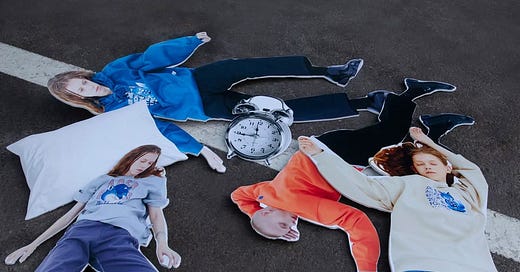



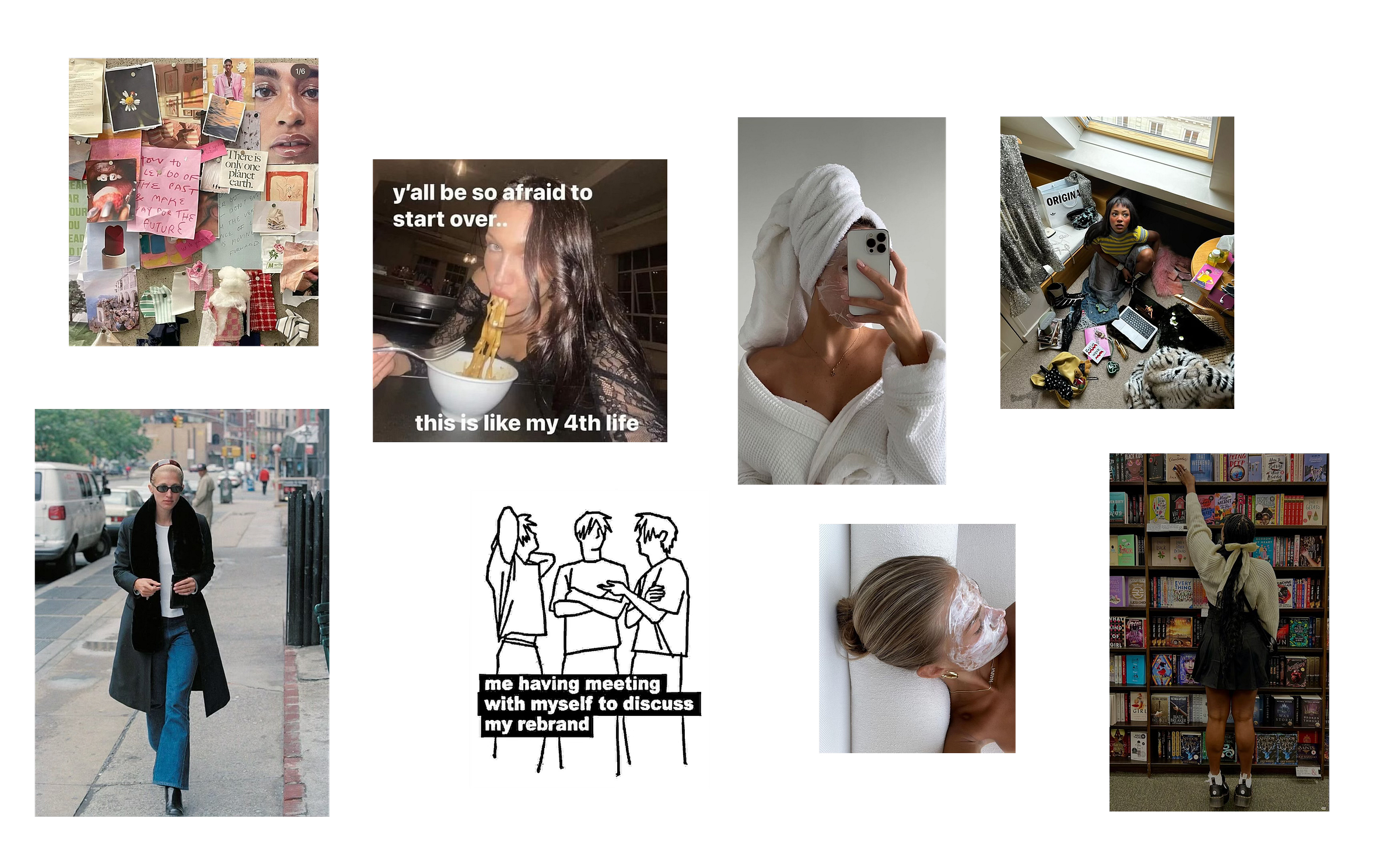
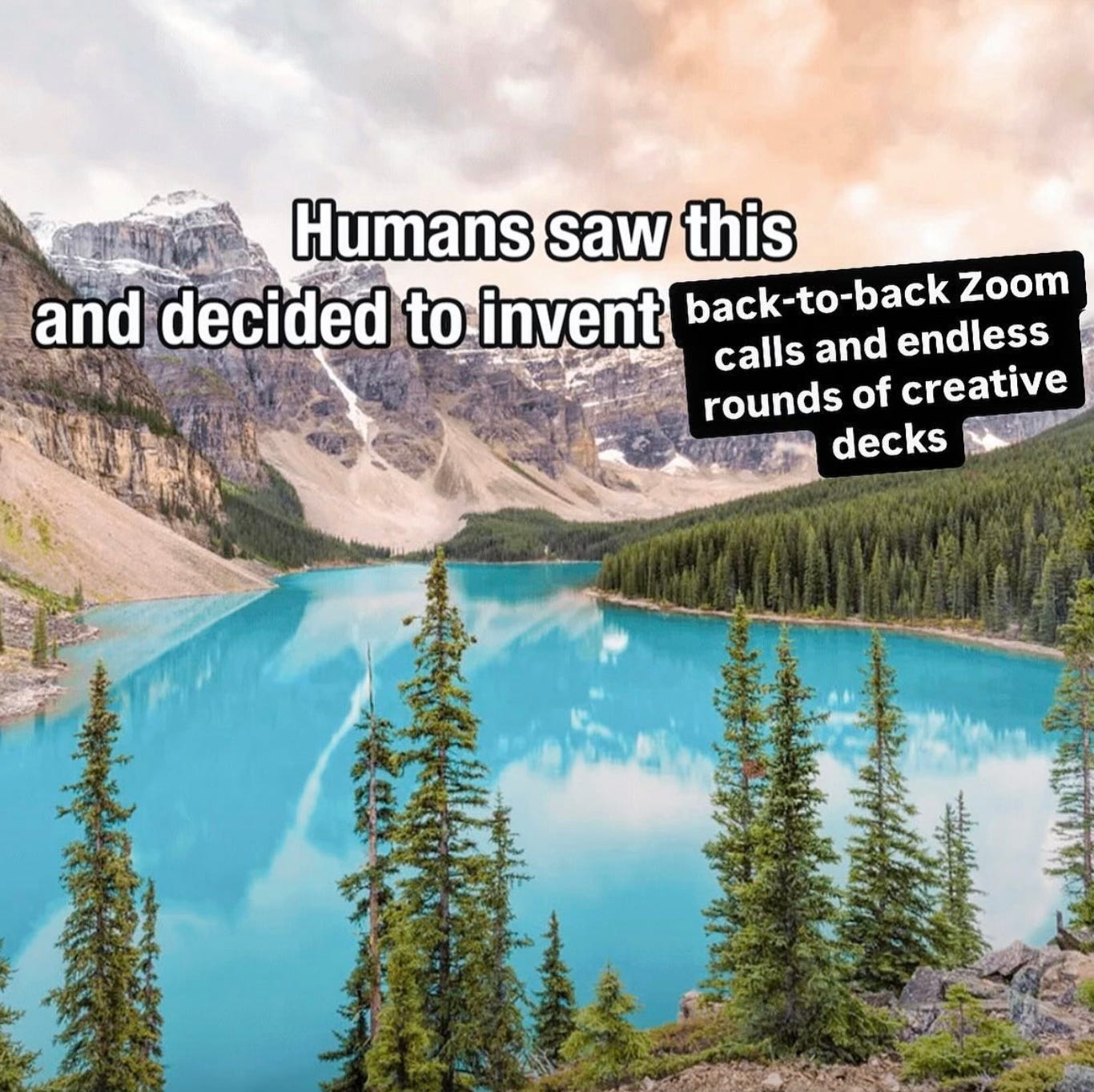

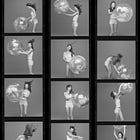
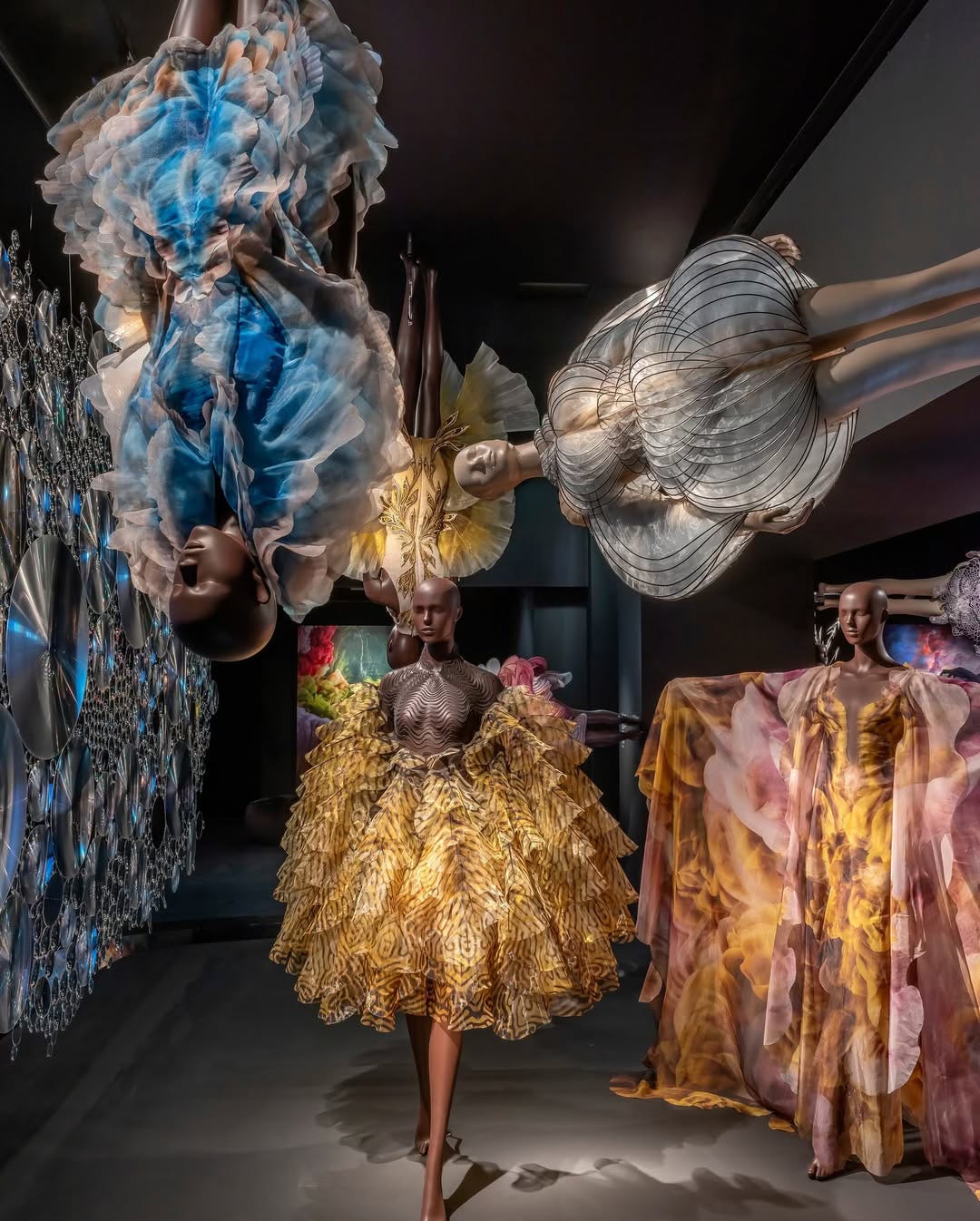


A willingness to consider and make bold predictions about art theory in the future? Instant subscribe!!
I'm not so sure I agree, partially because I suspect the authentic turn is happening now, and by the 2030s I reckon it'll be gone again. Your framing of the 2010s vs 20s is interesting, and I think you're right to note the plasticity of identity now compared to a decade ago. I do wonder what it might look like if that trend accelerates... and that is what I suspect 2030 holds for us. Awesome read and good thoughts to consider!
Could not agree more with a lot here! I think it apparent that we are entering play and experimentation period, now until probably 2030